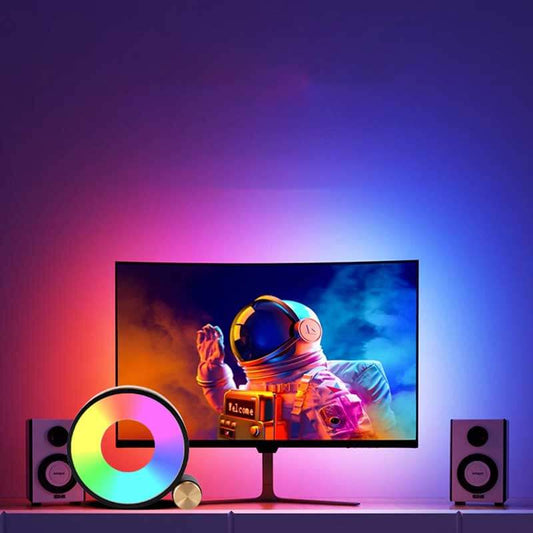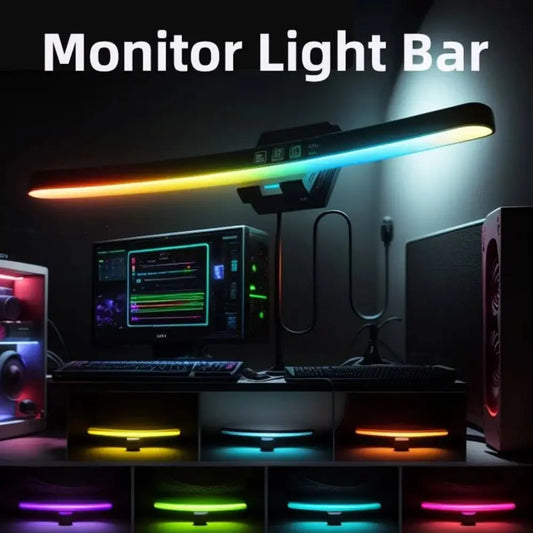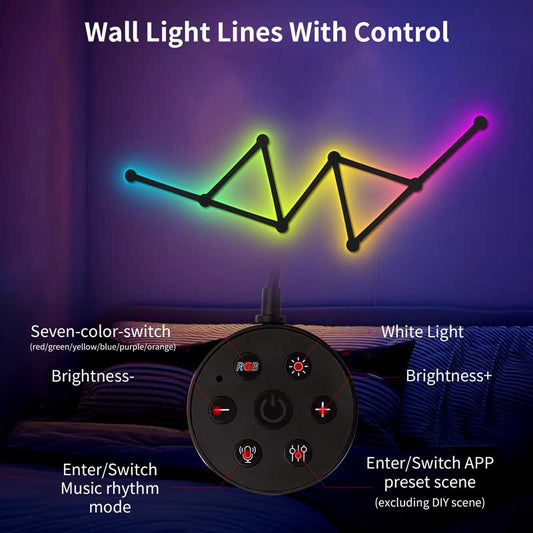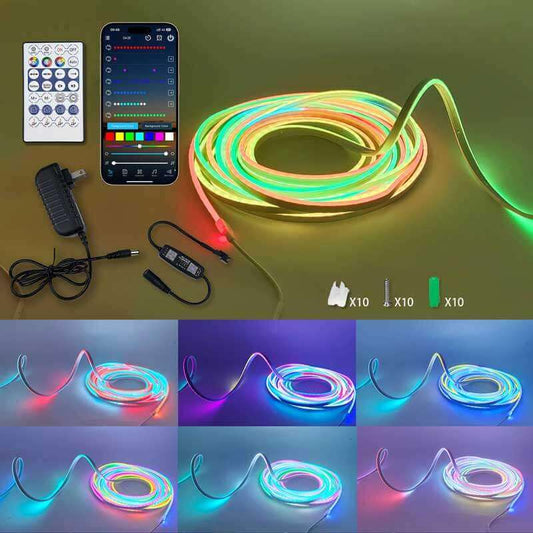How do you layout a gaming room?
Share
When laying out a gaming room, it's essential to consider factors like comfort, functionality, organization, and aesthetics to create an immersive and enjoyable gaming experience. Here are some tips on how to layout a gaming room effectively:
-
Assess the Space:
- Measure the dimensions of the room and take note of any architectural features, windows, doors, outlets, and other elements that may impact the layout.
- Consider the traffic flow within the room to ensure easy access to gaming equipment and seating areas.
-
Define Gaming Zones:
- Divide the room into specific zones for gaming, seating, storage, and any additional activities you plan to include in the space.
- Allocate space for your gaming setup, seating area, storage solutions, and any other features you wish to incorporate.
-
Gaming Setup Placement:
- Position your gaming desk or console setup in a central location with good ventilation and access to power outlets and internet connections.
- Place your monitor(s) at eye level and ensure proper distance for comfortable viewing to prevent eye strain.
-
Seating Area:
- Arrange seating, such as a gaming chair, sofa, or bean bags, for comfortable gaming sessions and socializing with friends.
- Position seating near the gaming setup to create a cohesive and interactive gaming environment.
-
Storage Solutions:
- Incorporate storage options like shelves, cabinets, drawers, or storage bins to keep gaming accessories, controllers, games, and other items organized.
- Utilize storage solutions near the gaming setup for easy access to essentials during gameplay.
-
Cable Management:
- Implement cable management solutions to keep cords organized and hidden to maintain a clean and clutter-free gaming room.
- Use cable clips, ties, or cable raceways to bundle and conceal wires along walls or under desks for a tidy setup.
-
Lighting:
- Opt for ambient lighting, task lighting, or adjustable lighting options to set the mood and enhance the gaming experience.
- Consider adding LED strips, smart lighting, or bias lighting behind your monitor to reduce eye strain and create an immersive atmosphere.
-
Personalization and Decor:
- Add personal touches like gaming posters, artwork, collectibles, or themed decor to customize the space and reflect your gaming interests.
- Incorporate elements that contribute to the gaming theme or ambiance you want to create in the room.
-
Tech Integration:
- Integrate technology like smart home devices, voice-controlled assistants, or gaming peripherals to enhance convenience and functionality in your gaming room.
- Consider adding a mini fridge, charging stations, or a sound system for additional comfort and entertainment options.
-
Accessibility and Comfort:
- Ensure that gaming equipment, seating, and storage solutions are easily accessible and arranged in a way that promotes comfort and ergonomics.
- Create a layout that allows for adequate ventilation, natural light, and a comfortable temperature for extended gaming sessions.
By carefully planning the layout of your gaming room and considering these key aspects, you can design a functional, organized, and visually appealing space that enhances your gaming experience and reflects your personal style and preferences.




